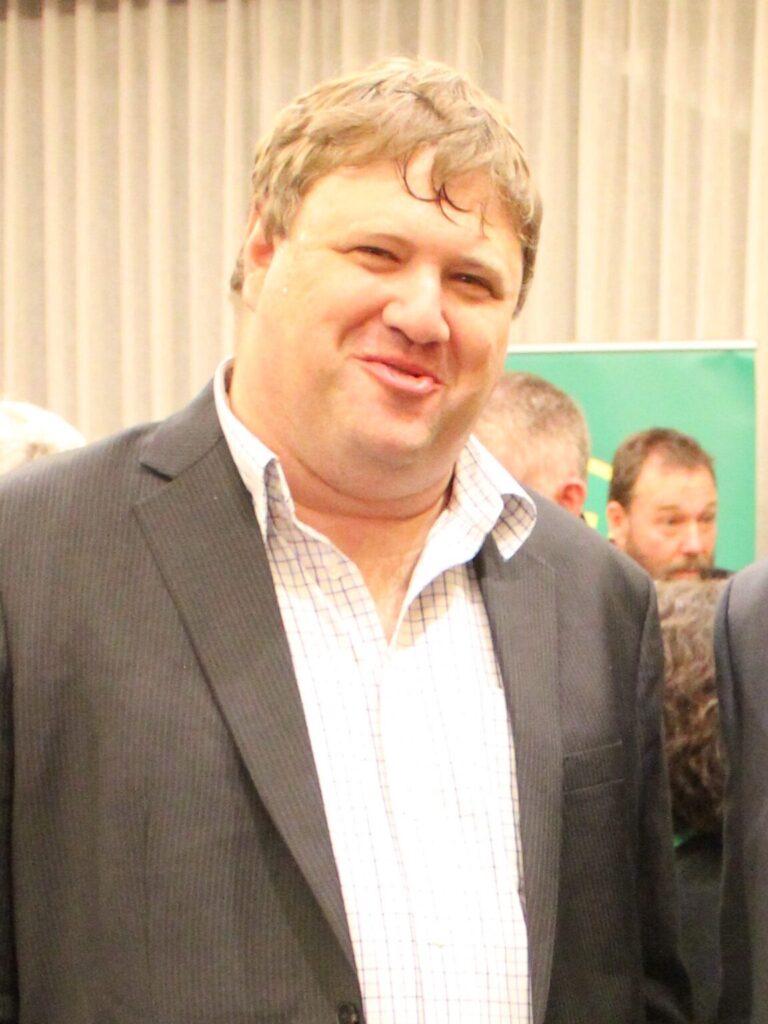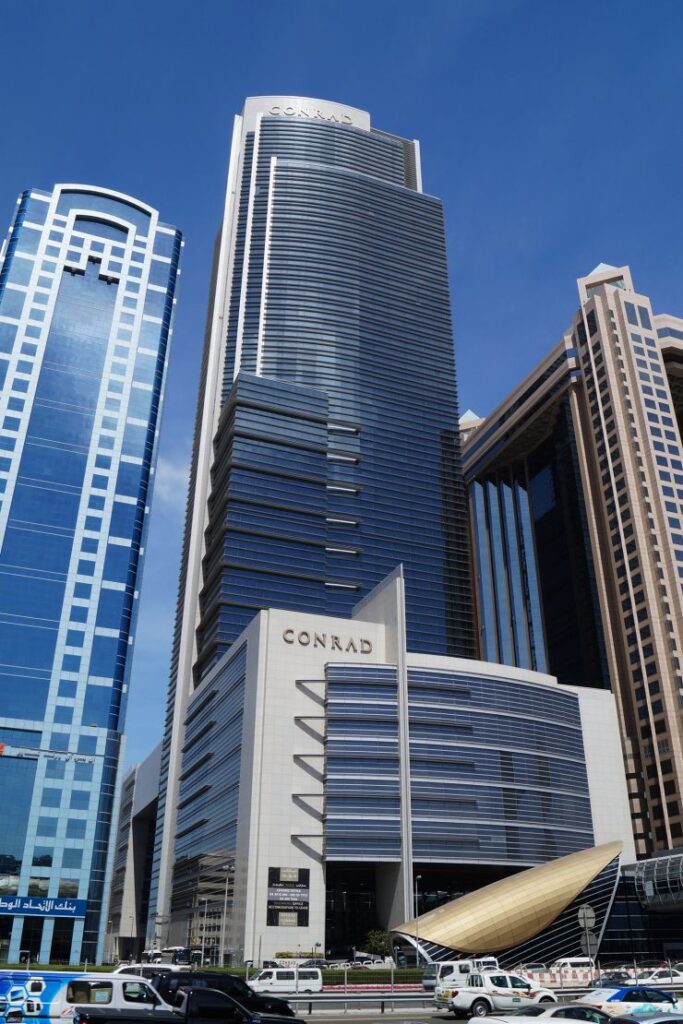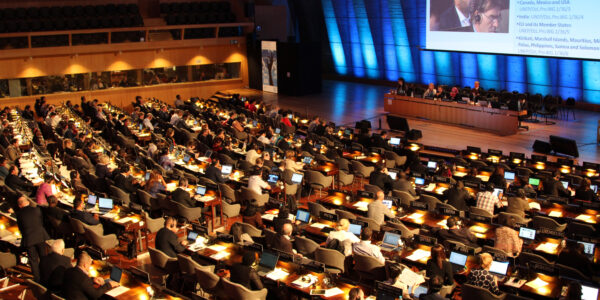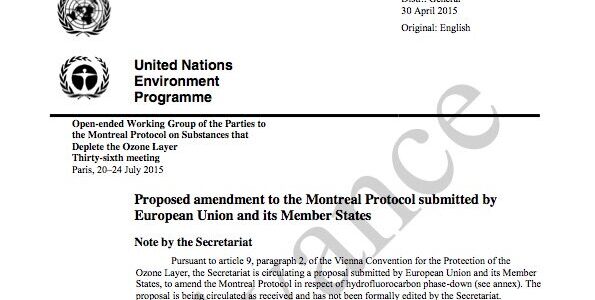Global HFC phasedown progresses in Dubai
- PostedPublished 18 December 2015
IT’S official: A global HFC phasedown under the Montreal Protocol will be negotiated and could be agreed to as early as next year, now that the main objectors to forming an HFC contact group have softened their previously hard-line stance.

The breakthrough was made in Dubai, on the eve of the 27th Meeting of the Parties to the Montreal Protocol, during a two-day resumption of the 36th Open-ended Working Group meeting that failed in Paris to get an agreement over the line as time ran out.
Refrigerants Australia executive director Greg Picker was in Dubai to witness the historic agreement, which he described as “the bare minimum”.
“This is a positive outcome but the flip side is, if you ask the United States and others what their hopes and expectations for the week were, what we got was a conceded pass,” he said.
“It’s still a pass and in this process a pass is a great thing and it’s important – but their expectations were higher.”
Dr Picker agreed there was an advantage in the Dubai meeting being on high-ambient home turf for some of the most strident phasedown objectors. After all, there is a lot of prestige in bagging the naming rights to an agreement and the plan of action has been dubbed ‘the Dubai Roadmap’.
A series of meetings will now be scheduled throughout 2016 with the aim of achieving a Montreal Protocol amendment during the course of that year. But as Dr Picker pointed out, getting 197 countries to agree on something is not without challenges.
Dr Picker said the outcome was evidence of a global recognition that proactivity is the best opportunity to make a positive difference to the world’s climate.
One of the priorities of the Dubai Roadmap will be to identify and resolve technical challenges and concerns held by nations with high ambient climates, proving that alternative refrigerants and new technologies can and will cope with these harsh environments.
There may well end up being exemptions for locations with high ambient climates if a phasedown agreement is to get over the line.
Under the Dubai Roadmap is a recommendation that the Multilateral Fund, contributed to by developed nations and used to assist developing countries in meeting existing Montreal Protocol obligations is likely to be maintained, with additional input from the developed world to help with managing the HFC phasedown.
It also acknowledges that more progress must be made in the areas of conversion costs, technology transfer and intellectual property rights as the world moves away from its reliance on HFCs.
Commenting on the need to control HFC emissions as a follow up to the successful work on ozone-depleting substances, United Nations Environment Programme executive director Achim Steiner said that “if we don’t get this genie back into the bottle quickly then, by 2050, we could be looking at as big a problem as the one we have just solved”.
Australian Federal Environment Minister Greg Hunt issued a statement celebrating the Dubai Roadmap and Australia’s role in co-chairing the contact group that “helped draft and lead” its adoption.
“This is both a fundamental step in helping to protect the ozone and to dramatically reduce future greenhouse gases. It is a critical contribution to the success of the Paris talks,” said Minister Hunt.
“Australia took a lead role in the reduction of the previous generation of harmful ozone depleting gases and is now working towards phasing-down the domestic use of HFCs by 85 per cent by 2036. The agreement that has been reached is especially welcome given the potential to build momentum in the lead-up to Paris climate change talks in December.”
The Montreal Protocol has been hugely successful in halting damage to Earth’s protective ozone layer and is now promising to repeat that success in controlling and reducing emissions of high global warming potential HFCs.
- CategoriesIn SightGlass
- TagsHFC phase down, SightGlass News Issue 4





